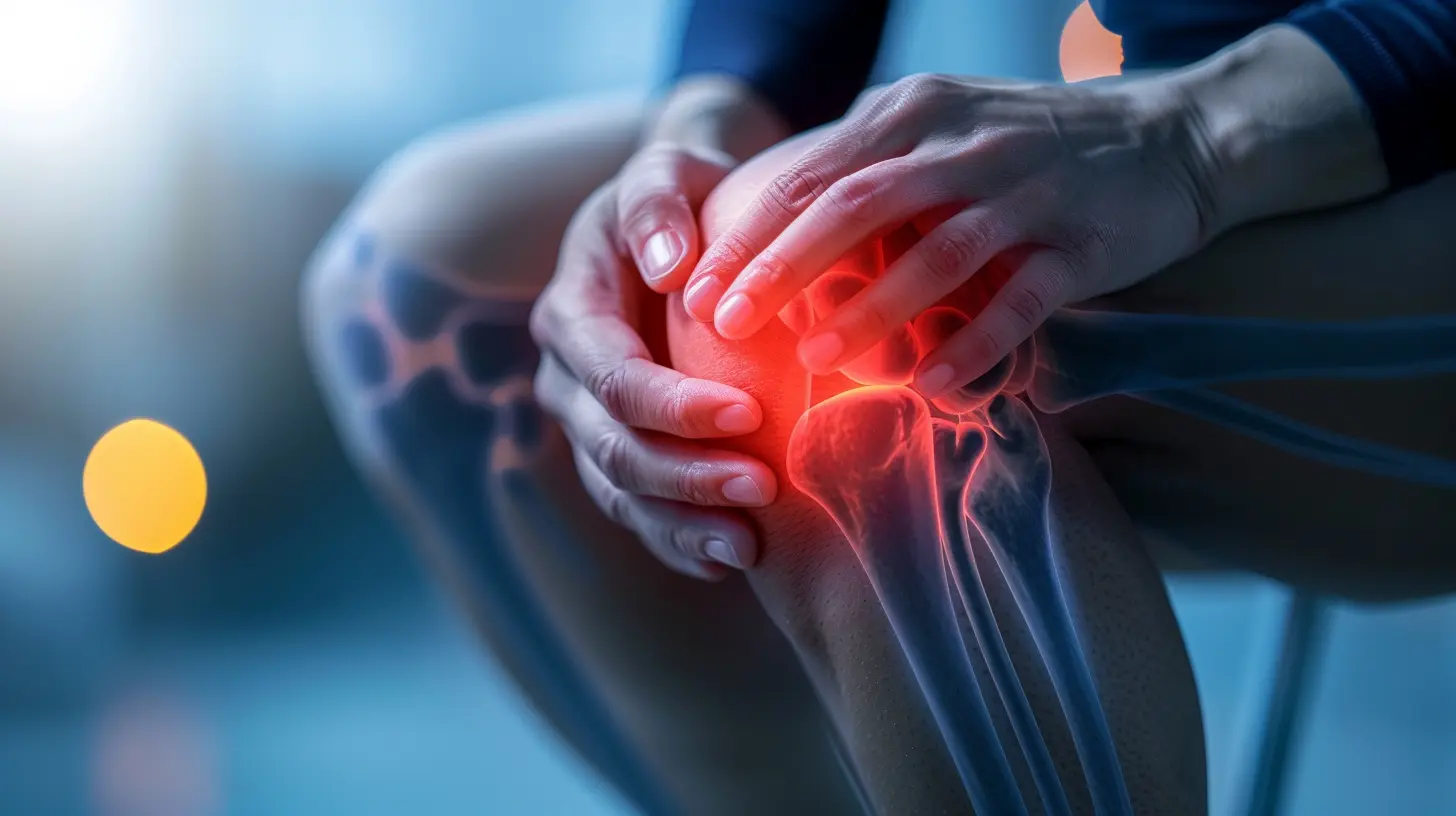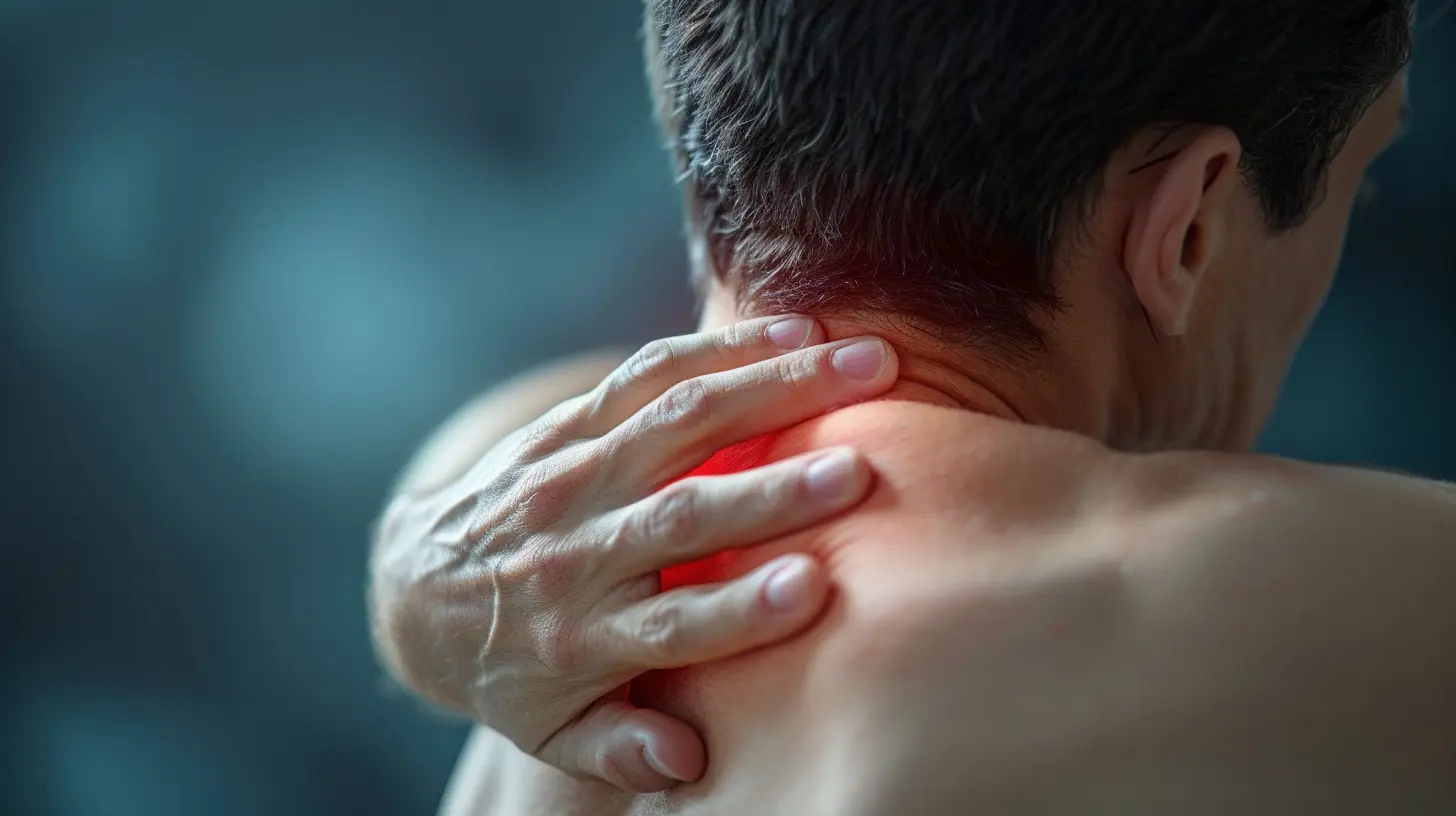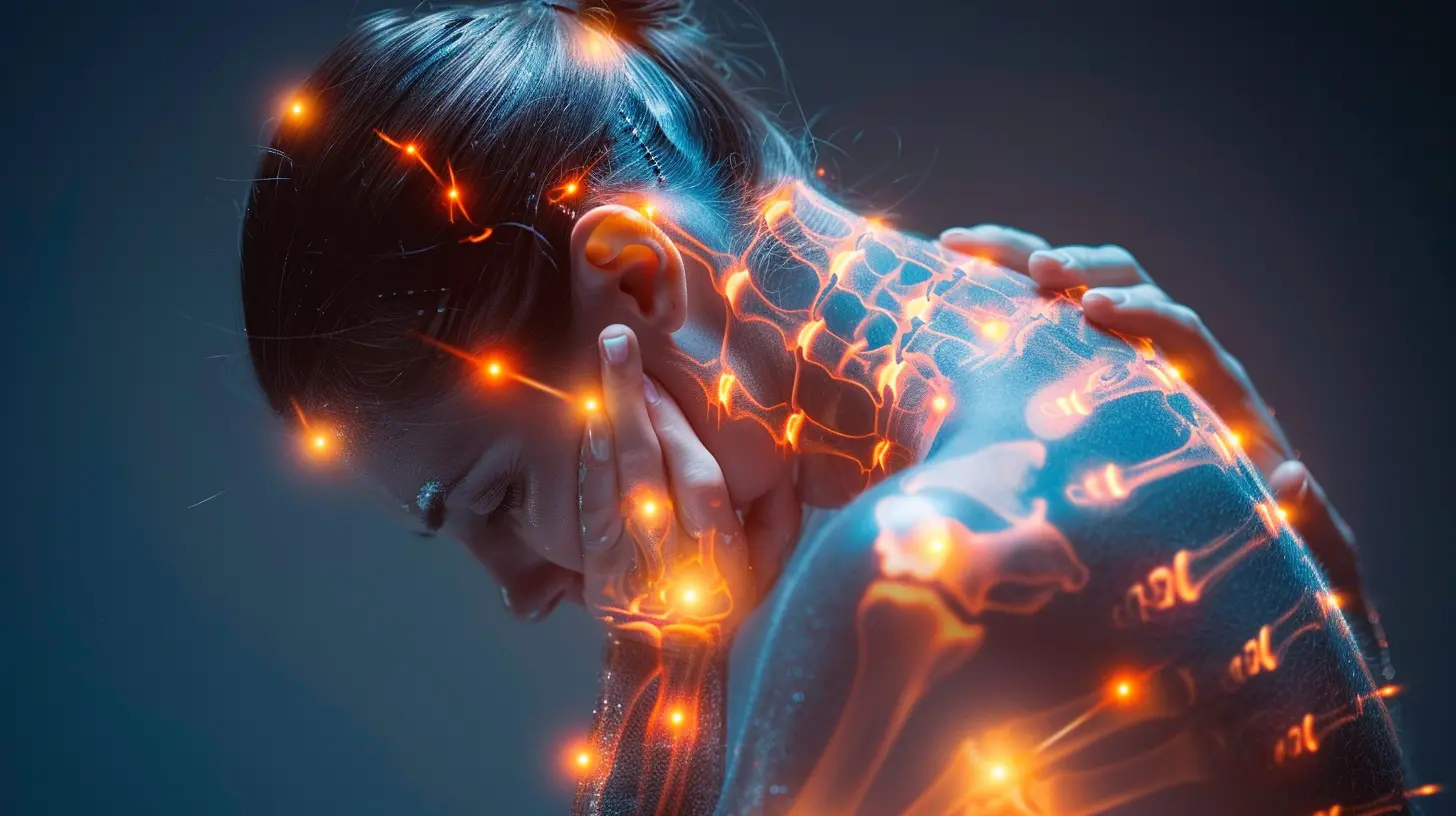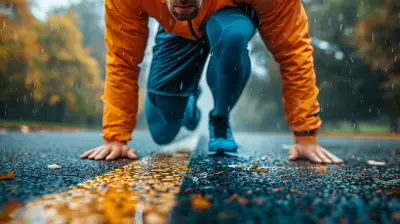The Role of Massage in Reducing Injury Risk
8 August 2025
If you're into sports, whether professionally or just for fun, you've probably heard someone say, "Get a massage; it’ll help." But have you ever stopped and wondered why massage plays such a big role in athletic performance and injury prevention? Let’s break it down and talk about what’s really going on behind those kneads and strokes, and why your muscles might be screaming “thank you” after a good session.

What Exactly Is Sports Massage?
Let’s start with the basics. Sports massage isn’t your typical spa day relaxation massage (although those are awesome in their own right). A sports massage is like a strategy session for your muscles. It's tailored to athletes and focuses on the areas of the body that are most used and stressed in your sport.Think deep tissue work, stretching, manipulation, and targeted pressure designed to improve performance, prevent injury, and speed up recovery. It’s not always a walk in the park—sometimes it can feel a bit intense—but it’s all for a good cause.

The Science Behind Massage and Injury Reduction
Alright, time to get a little nerdy (but not too much). Let's unpack how exactly massage helps reduce injury risk.1. Improves Blood Flow and Oxygen Delivery
Picture your muscles as a garden. Without proper water and sunlight (aka blood and oxygen), things start to wilt. Massage stimulates circulation, allowing more oxygen and nutrients to be delivered to the muscles. This helps in two major ways:- Speeds up recovery after workouts.
- Flushes out toxic byproducts (like lactic acid) that build up during intense activity.
2. Breaks Down Scar Tissue and Adhesions
If you've ever had tight spots that just won’t seem to go away, you might be dealing with adhesions—those nasty little knots of scar tissue that form after overuse or previous injuries. Massage helps to break them down, making your muscles more pliable and less prone to tears or pulls.3. Enhances Flexibility and Range of Motion
Here’s a common scenario: You’re stretching every day, yet your hamstrings are tighter than your schedule during finals week. Massage helps improve your flexibility by elongating the muscles and reducing stiffness. A body that moves better is less likely to get hurt—that’s just mechanics.4. Reduces Muscle Tension and Imbalances
Let’s face it—modern life breeds bad posture and muscle imbalances. Add sports into the mix, and it’s easy to overuse some muscles while neglecting others. Massage identifies these imbalances and helps bring the body back to equilibrium, which is key in avoiding overuse injuries.5. Improves Proprioception and Body Awareness
Ever stumbled during a run or missed a step during a workout? That’s a lack of proprioception—your body’s sense of position. Massage can actually help improve this, making you more aware of your movements, so you’re less likely to make those awkward, injury-causing missteps.
Types of Massage and When to Use Them
Now that you know massage is more than just a self-care buzzword, let’s talk types. Each one serves a different purpose, and knowing when to use them can maximize the benefits.1. Pre-Event Massage
- Timing: Right before competition (usually 15-45 minutes before)- Purpose: Get the body warmed up and ready for action
- Benefits:
- Increases circulation
- Warms up tissue
- Boosts mental focus
This type of massage is generally light and brisk to stimulate the muscles without causing fatigue. Think of it as revving your engine before a race.
2. Post-Event Massage
- Timing: Shortly after competition or intense training- Purpose: Cool down, recover, and relax
- Benefits:
- Reduces muscle soreness
- Supports faster recovery
- Prevents muscle tightness
This isn’t the time for deep tissue work—your body has just been through hell. Gentle strokes help flush out toxins and reintroduce calm to your system.
3. Maintenance Massage
- Timing: Weekly or bi-weekly- Purpose: Keep the body in tip-top shape
- Benefits:
- Addresses chronic tightness
- Identifies and stops issues early
- Maintains mobility and function
This is your routine tune-up. You wouldn’t skip oil changes for your car, right? So don’t skip this for your body.
4. Rehabilitation Massage
- Timing: After an injury, as part of a recovery plan- Purpose: Heal faster, prevent re-injury
- Benefits:
- Minimizes scar tissue
- Restores movement
- Accelerates recovery
Always consult a medical professional first, but massage can be a powerful tool in the rehab process, especially when combined with physical therapy.

Mental Benefits? Yep, Those Too.
Injury prevention isn't just physical—it’s mental, too. When you're stressed or anxious, your muscles get tense. Chronic tension can lead to muscle imbalances and you guessed it, a higher risk of injury.Massage helps lower cortisol (the stress hormone) and increases serotonin and dopamine—those feel-good chemicals that keep you calm and collected. A relaxed athlete is a focused athlete. And a focused athlete? They’re far less likely to make sloppy, injury-inducing mistakes.
Who Should Be Getting Massages?
A lot of people think massages are only for elite athletes or people recovering from serious injuries. That couldn't be more wrong, my friend. Massage therapy is for:- Weekend warriors trying to crush a 10K
- Gym rats hitting squats hard
- Cyclists with miles on the legs
- Swimmers, runners, dancers, yogis... and everyone in between
Honestly, if you move your body, you can benefit from massage. No fancy credentials required.
How Often Should You Get a Massage?
This one’s a bit personal, but here are some general guidelines based on activity level:- High-intensity training (5-6x/week): 1–2 massages per week
- Moderate exercise (3–4x/week): Every other week or at least once a month
- Rehabilitation: As prescribed by your therapist or doctor
Keep in mind, the frequency depends on your goals, budget, and physical needs. Don’t stress if you can’t afford weekly sessions. Even one targeted massage a month can do wonders.
What to Look for in a Sports Massage Therapist
Not all massage therapists are created equal. When you're looking for someone to help reduce your injury risk, you want a pro who gets athletes. Here’s what to look for:- Specialized training in sports massage or deep tissue therapy
- Experience working with athletes
- Understanding of anatomy, biomechanics, and sports-specific movements
- Positive reviews or referrals from other athletes or coaches
One tip: Good communication is key. Always let your therapist know your goals, pain points, or concerns. That way, they can tailor their technique to what your body actually needs.
DIY Massage Techniques Between Sessions
Can’t get to the therapist as often as you’d like? No biggie. There are some easy tools and techniques you can use at home or in the gym.Foam Rolling
This is basically massage for the masses. Use it to target large muscle groups like quads, hamstrings, glutes, and back.Pro Tip: Roll slowly and breathe. If you find a tender spot, pause there for 20–30 seconds.
Massage Balls
Great for the smaller, stubborn areas like calves, feet, or shoulders. You can even use a tennis ball in a pinch.Percussion Guns
You’ve probably seen these on Instagram. They use high-frequency vibration to loosen up tissue. Just be careful not to overdo it—slow and steady wins the race.Pair Massage With Other Injury Prevention Strategies
Massage is powerful, but it's not magic. It works best when paired with other smart habits:- Proper warm-ups and cooldowns
- Balanced training (don't overtrain one area)
- Adequate hydration and nutrition
- Rest and recovery days
- Good sleep hygiene
Think of massage as one crucial piece in your injury-prevention toolkit, not the whole toolbox.
Final Thoughts
Massage isn’t just about feeling good—it’s a proactive strategy for staying in the game longer, stronger, and injury-free. From improving blood flow to breaking down scar tissue, enhancing flexibility, and even calming your mind, massage has your back (sometimes literally).Whether you're an elite athlete or just someone who loves a good sweat session, incorporating massage into your routine could be the difference between sidelined and unstoppable.
So go ahead—book that session, grab the foam roller, and give your muscles the love they deserve. Your body (and your future self) will thank you.
all images in this post were generated using AI tools
Category:
Injury PreventionAuthor:

Fernando Franklin
Discussion
rate this article
1 comments
Harmony Franco
Thank you for shedding light on the significant impact of massage in injury prevention. As athletes, we often overlook self-care, yet it's essential for our well-being. Your insights encourage a more holistic approach to training, reminding us that our bodies deserve attention and care to perform at their best.
August 26, 2025 at 10:34 AM

Fernando Franklin
Thank you for your thoughtful comment! I'm glad to hear that the article resonated with you and highlighted the importance of self-care in athletic performance. Prioritizing our bodies is key to staying healthy and injury-free.


